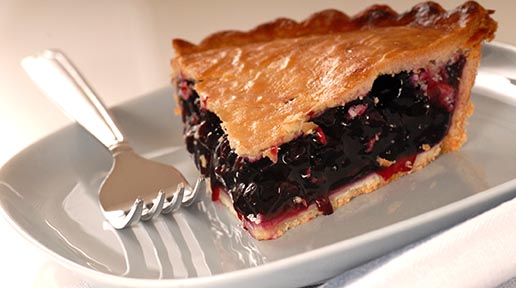Lughnasadh (pronounced “Lúnasa”) is a Gaelic festival marking the beginning of the harvest season. Historically, it was widely observed throughout Ireland, Scotland and the Isle of Man. Originally it was held on 1 August, or about halfway between the summer solstice and autumn equinox. Lughnasadh is one of the four Gaelic seasonal festivals; along with Samhain, Imbolc and Beltane. It corresponds to other European harvest festivals such as the Welsh Gwyl Awst and the English Lammas.
In Irish mythology, the Lughnasadh festival is said to have been begun by the god Lugh as a funeral feast and athletic competition in commemoration of his mother who was said to have died of exhaustion after clearing the plains of Ireland for agriculture. Lugh’s mother may have been an earth goddess who represented the dying vegetation that fed mankind. These funeral games in her honor were similar to the ancient Olympic Games and included ritual athletic and sporting contests. The event also involved trading, the drawing-up of contracts, and matchmaking that included trial marriages (young couples joined hands through a hole in a wooden door). The trial marriage lasted a year and a day, at which time the marriage could be made permanent or broken without consequences.
Ancient customs associated with Lughnasadh seem to have also included offerings of newly-harvested corn, the sacrifice of a bull and certain rites with its hide as well as a banquet of the meat roasted.
Another custom that Lughnasadh shared with Imbolc and Beltane was visiting holy wells. Visitors to holy wells would pray for health while walking sunwise around the well. They would also leave offerings (often coins).



